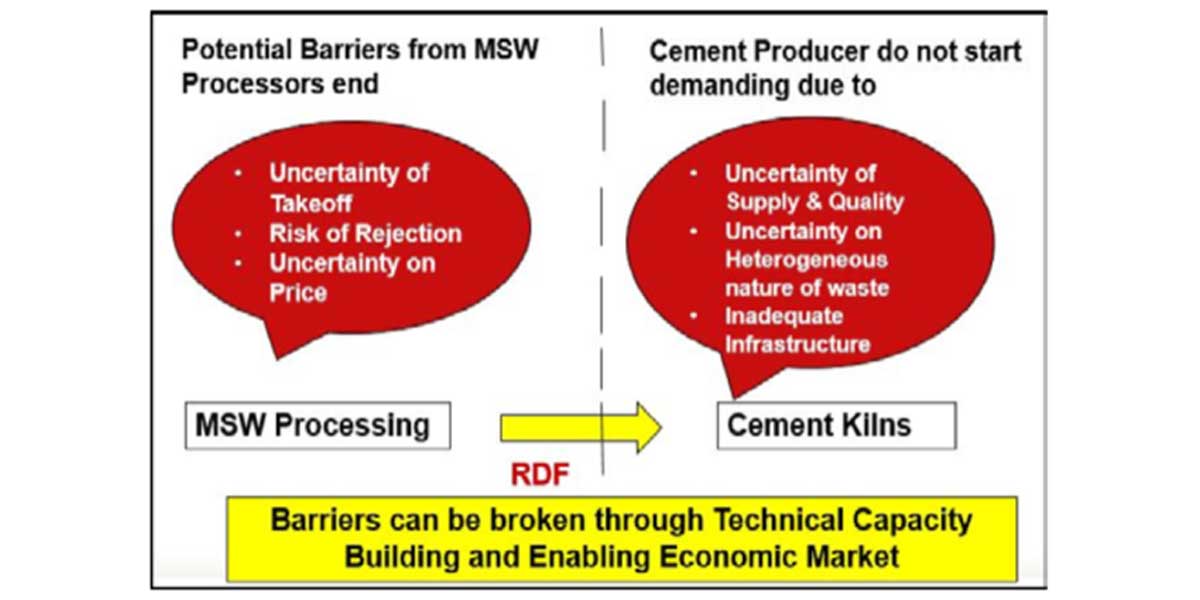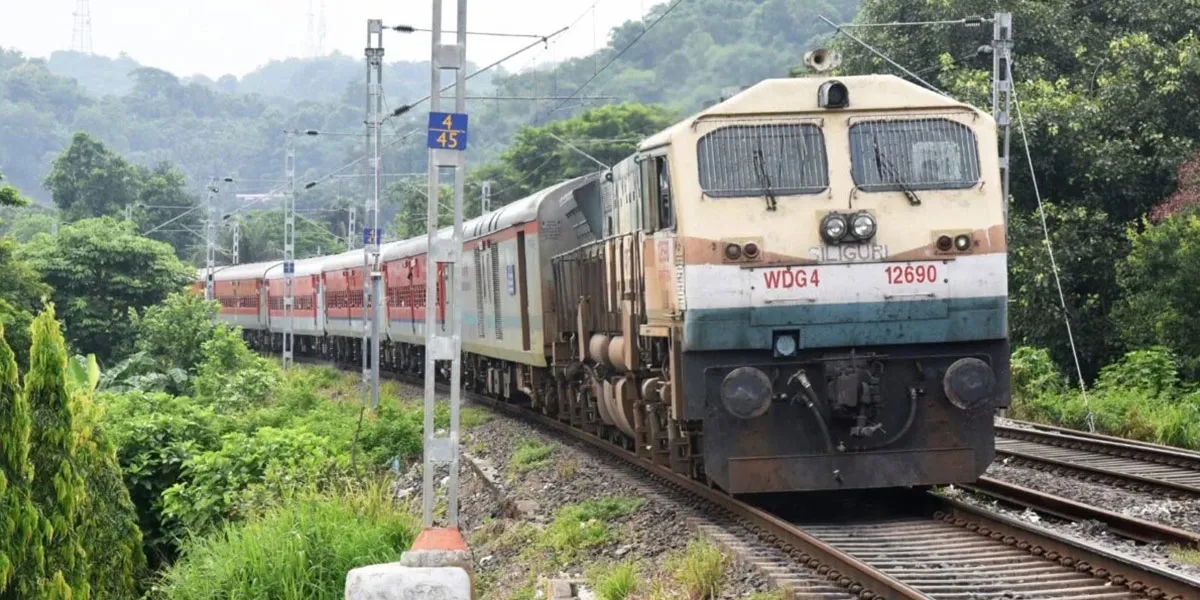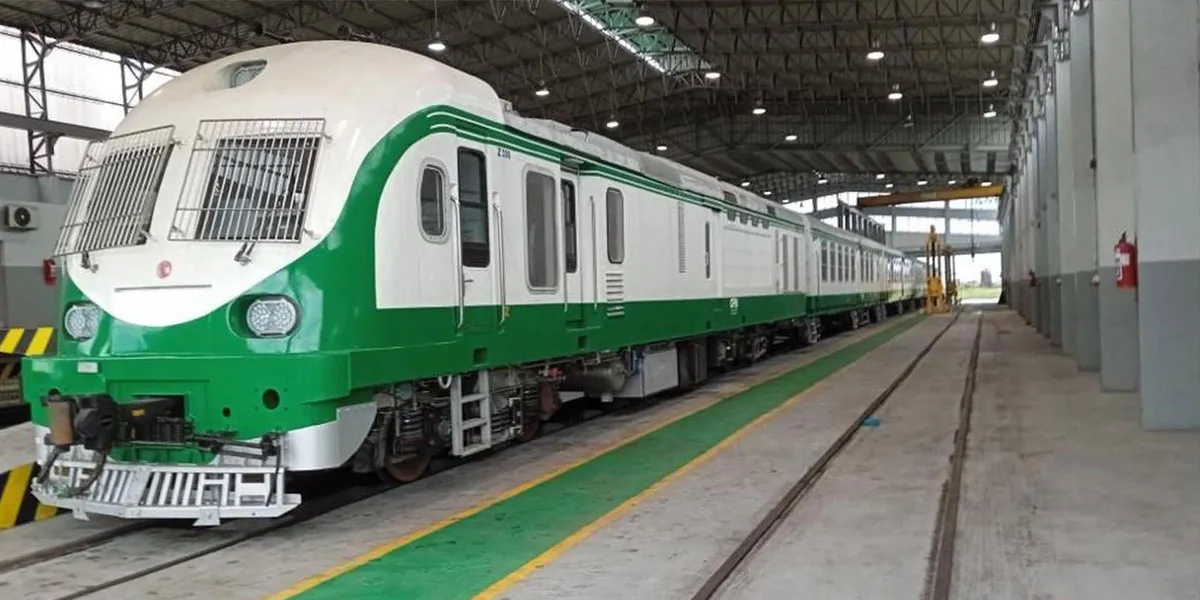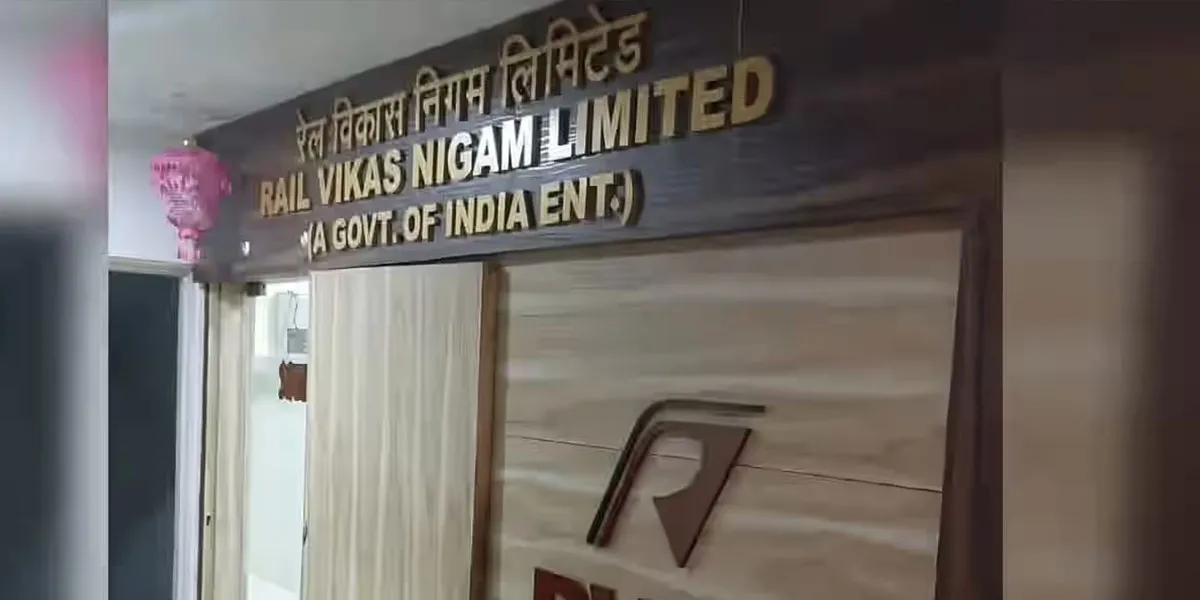Managing waste in the urban areas is always a pain for any local authority. Normally huge funds are provided in the budgetary allocation but the solutions are not easy. One of the ways, is the use of incinerators to burn the waste but that increases pollution and is pretty expensive. However cement industry that uses kiln to get intermediate product called clinker and operates it at 1500 degree Celsius can offer easy solution with minimal investment. Dr.Alka Mishra of FLSmidth covers more details. With the production of Municipal Solid Waste (MSW) rising in India, the government is turning to the cement industry to help solve the problem and become a key partner in solving the country's waste challenge.
- By Dr. Alka Mishra, Head of Sustainability Solutions, FLSmidth India
With urbanisation and industrialisation increasing around the world (despite a temporary COVID-19 setback), the issue of waste management and particularly of municipal solid waste will be a critical challenge to sustainable development. Global waste production is expected to reach 27 billion tonnes per year by 2050, a third of which will be generated in Asia.1 India will be a major contributor: it currently generates more than 150,000 tonnes per day of solid waste, approximate 54.75 million tonnes per year.2
The government steps in
To tackle this growing pile of waste – much of which has traditionally ended up in landfills – the Indian government has issued two directives:Guidelines on Usage of Refuse Derived Fuel in Various Industries
Central Public Health and Environmental Engineering Organisation; Ministry of Housing and Urban Affairs (Sep’ 2018).
Guideline Document Uniform Framework for Extended Producers ResponsibilityUnder Plastic Waste Management Rules, 2016; Ministry of Environment, Forest and Climate Change (Jun’ 2020)
The first of these – which is now in force – aims to prevent the landfill of waste that are “combustible in nature but are not recyclable such as soiled paper, soiled cloth, contaminated plastics, multi-layer packaging materials, other packaging materials, pieces of leather, rubber, tyre, polystyrene, wood, etc.”
The second of – which is still in consultation stage – deals with plastic waste. Among other things, it will make companies that use plastic packaging for their products responsible for collecting and disposing of that packaging4.
One solution to both of these challenges is the substitution of fossil fuels by alternative refuse-derived fuels (RFD) at cement plants and thermal power plants.
To encourage the use of RDF, the expenses so incurred for transportation of RDF, beyond 100 km distance may be booked by industries under their Corporate Social Responsibility (CSR) commitment as per Section 135 of the Companies Act, 2013.3
RDF in India
The Cement Manufacturers Association (CMA) had expressed its commitment towards disposal of wastes and plastics and use of alternate fuels and raw materials6. The past President (2018 to 2020) of CMA, Mr. Mahendra Singhi, commented; “the Indian cement industry has been able to use almost 75 million tonnes of waste as a replacement of raw materials and fuels”.
Mr. Singhi, who is also the MD and CEO of Dalmia Cement (Bharat) Ltd., added that the Indian cement sector has played an important role in the transition to a low carbon economy and is fully committed towards efficiency in terms of clean and green operations.
As part of the new guidelines, cement companies are now required to utilise RDF in any kiln located within 400 km of an RDF production facility. Unusually, it is also the cement companies that are required to bear the cost of this rule, for example; there are no gate fees payable for taking waste and cement companies have to pay the transportation fees for the first 100 km radius of the plant.
Managing the increasing quantity of MSW generating in India is a big challenge. A high percentage of MSW including non-recyclable combustible fraction ends up in landfills. In spite of enough demand and supply of RDF by vibrant private sector in waste management and cement industry and existence of enabling policy framework of SWM Rules 2016, current on ground situation is not very promising due to several challenges as depicted below,3
The regulation envisages a rising scale of substitution rate from 6 per cent in the first year up to 15 per cent in the third year, although an evaluation of the amount of available RDF vs the energy needs of the cement industry suggest that a thermal substitution rate of 7.1 per cent may be the maximum achievable (Table 1).
The data captures the details of daily exposed garbage. There is a significant quantum of legacy wastes which needs to be processed to make it usable RDF.
Table 1.
Evaluation of possible thermal substitution rate at Indian cement plants
(RDF/Day)
Number of cement
plants in India
560*
Large cement
plants (>5000 tpd)
210*
Mini plants (5000
tpd)
350*
Total production
of cement
575
million tpa
Forecast by 2025 (550 – 600 million tpa)
Total clinker
production (India)
431.25
million tpa
75 per
cent of total cement production
1.31
million tpd
330
running days
Heat consumption
(HC)
725
kCal/kg
Recurring
figure
HC for total clinker
production
947,443,181,818
kCal
HC*clinker
production in kg
Total solid waste
generation
0.15
million tpd**
Total waste
collected
0.135
million tpd**
Total waste
processed
0.027
million tpd**
Average Net calorific
value (NCV)
2500 kCal
Recurring
figure
Total energy
content
67,500,000,000
kCal/day
Total
waste*Average NCV
Possible
substitution rate
7.1 per cent
HC to total
clinker production/total energy content
*https://www.ibef.org/industry/cement-presentation#:~:text=A%20total%20of%20210%20large,%2C%20Rajasthan%2C%20and%20Tamil%20Nadu
**https://www.indiatoday.in/india/story/india-s-trash-bomb-80-of-1-5-lakh-metric-tonne-daily-garbage-remains-exposed-untreated-1571769-2019-07-21#:~:text=India%20is%20getting%20buried%20under,total%20amount%20is%20collected%20waste
A partner for sustainable waste management
The new regulations position the cement industry as a key partner in solving India’s waste challenges. However, there are certain challenges in its processing. Notably, the quality of RDF currently produced in India is much lower than that of in other regions, with lower calorific value and much higher moisture content. In worst scenario the 'Combustible Wastes' which 'should at least be Heat Neutral' and 'should not affect the Clinker quality'.
The requirement for Indian cement companies to finance the CAPEX required to begin using RDF has also focused the market on economically viable, simple and standard alternative fuels feeding systems to meet the possible substitution rate up to 7 per cent.
Going forward, to increase substitution rates, the cement industry needs accuracy in feeding and dosing system, efficient process and alternative fuel material analysis. To support these requirements, cement industry demands proven technologies like; rotor weigh-feeders, a HOTDISC® Combustion Device with solid alternative fuel ash exaction possibilities and utilization of solid alternative fuel ash, chlorine gas by-pass system and utilization of chlorine rich dust.
Cement Manufacturers like, Dalmia Cement, which targets higher levels of alternative fuel substitution rates, reportedly up to 100 per cent, as part of a corporate ambition to manufacture the greenest cement in the world7. FLSmidth is supporting this ambition as the supplier of Dalmia Cement’s new plant at Rajgangpur, where the equipment and design of the plant were carefully selected to maximise the potential for alternative fuels and raw materials use, as well as to reduce energy efficiency and heat loss.
Tackling plastics
Plastic waste has garnered recent attention due to littering of crucial ecosystems, most notably that of oceans. According to one estimate, between 4.8 million tonnes and 12.7 million tonnes of plastic waste enters the oceans each year8. Reversing this damaging pattern has been recognised as integral to sustainable development and is a key target of the fourteenth UN Sustainable Development Goal.9
As part of the solution to this challenge, the Indian government has introduced rules that make use and disposal of plastic packaging as the responsibility of the generator. This impacts the Indian cement industry in a couple of different ways.
Firstly, as a user of plastic packaging for its products – and with bagged cement playing a larger role in the Indian cement market than in other regions – the industry is faced with the need to set up systems to collect that plastic or switch to alternative paper-based packaging.
However, the industry may also find itself (again) as a crucial part of the solution, due to its ability to utilise plastic waste as an alternative fuel. One opportunity arising from the regulations may be for the cement industry to partner with others that use plastic packaging to create efficient collection and processing systems for plastic waste that sees the non-recyclable elements made available for use in cement kilns.
Conclusion
Waste is a serious challenge to sustainable development. Finding ways to use the non-recyclable elements in a productive way is therefore key to setting humanity on a path to a cleaner, greener future. With its huge capacity to utilize RDF, the cement industry has a vital role in doing this. And the benefits of doing so reach far beyond (emptier) landfills. RDF substitution of fossil fuels reduces both the cement industry’s carbon emissions, as well as the necessity to mine fossil fuels.
Therefore supporting the use of alternative fuels is therefore a priority for FLSmidth through our MissionZero ambitions to enable zero-emissions cement production. As part of this, we have committed to providing cement producers the solutions needed to operate with 100 per cent alternative fuels. This goes beyond the provision of equipment to include our significant process experience – from initial reception and handling of alternative fuels through their impact on conditions in the kiln and on the final chemistry of cement. This deep understanding of the process enables us to assist any plant in solving the challenges that alternative fuels bring – whether just starting out or reaching for 100 per cent.
References
1. KUMAR, S., et at., 2017, “Challenges and opportunities associated with waste management in India”, R. Society open sci. https://doi.org/10.1098/rsos.160764
2. AGGARWAL, M., 2019, “Mumbai and Delhi generate most solid waste among metro cities”, The Wire. https://thewire.in/environment/indias-megacities-mumbai-and-delhi-sitting-on-a-pile-of-waste
3. Ministry of Housing and Urban Affairs, 2018, Guidelines on Usage of Refuse Derived Fuels in Various Industries, p. X.
4. This principal is known as ‘Extended Producer Responsibility’.
5. For example, see: IEA, 2018, Technology Roadmap: Low-Carbon Transition in the Cement Industry, p. 28.
6. Indian cement industry commits towards waste management
https://www.outlookindia.com/newsscroll/indian-cement-industry-commits-towards-waste-management/1630881
7. Global Cemfuels, 2019, “Dalmia Cement commits itself to 100 per cent RDF and biofuels by 2030”, https://www.cemfuels.com/news/item/3150-dalmia-cement-commits-itself-to-100-rdf-and-biofuels-by-2030
8. JAMBECK, J.R., et al., (2015) “Plastic waste inputs from land into ocean”, Science vol. 347, issue 6223, pp. 768-771. https://science.sciencemag.org/content/347/6223/768
9. Goal 14: Conserve and Sustainable Use the Oceans, Seas and Marine Resources. https://www.un.org/sustainabledevelopment/oceans/




















